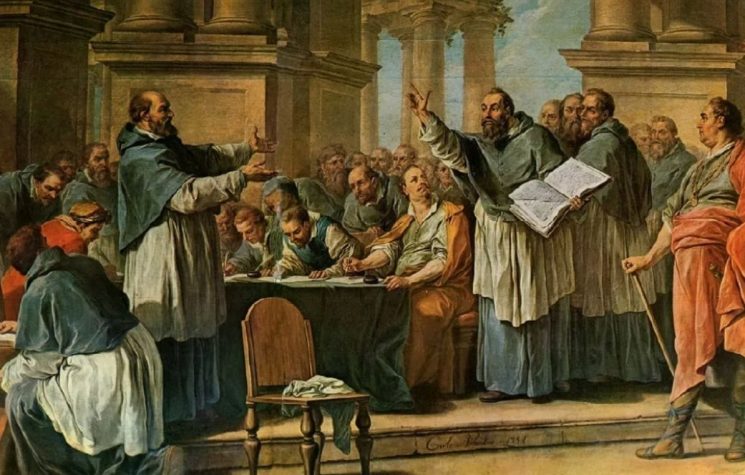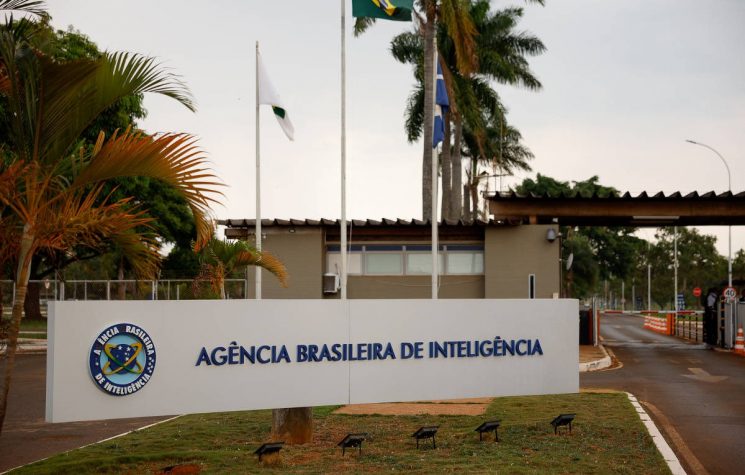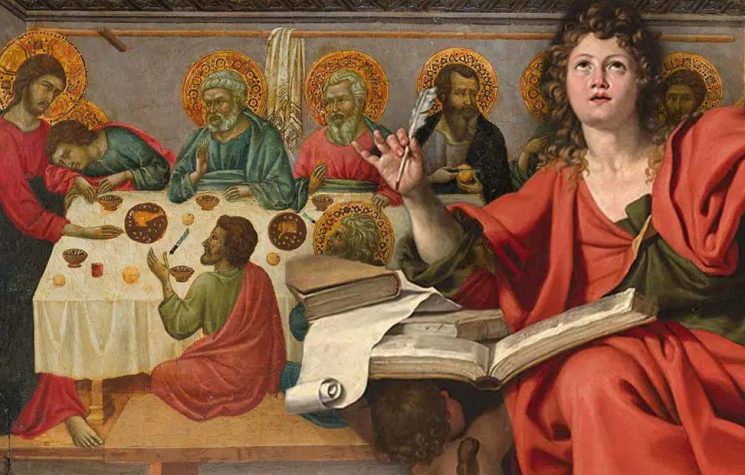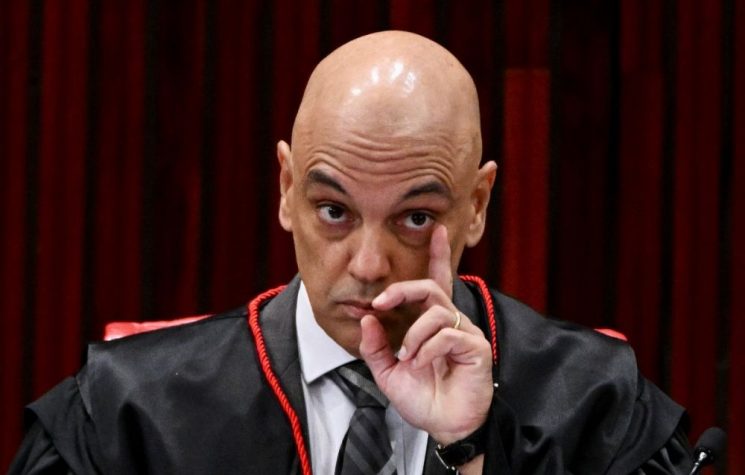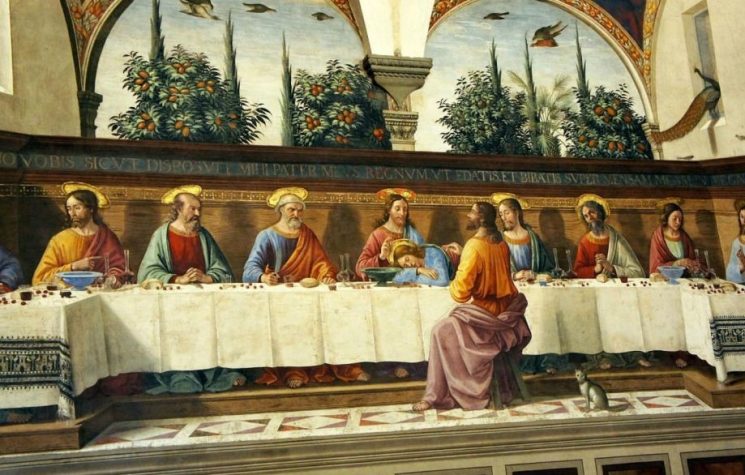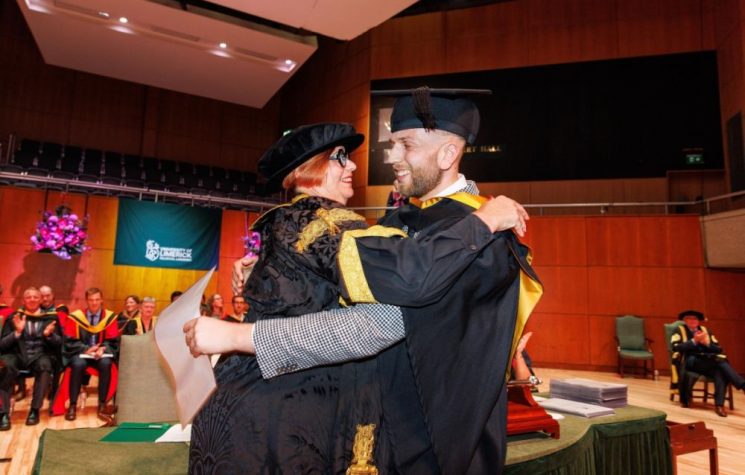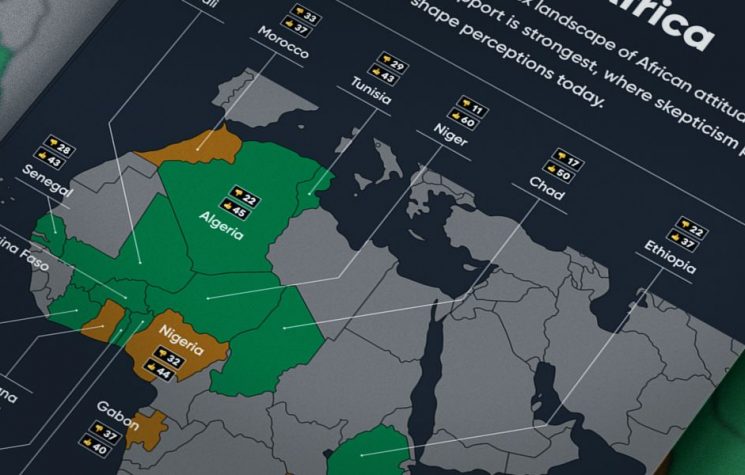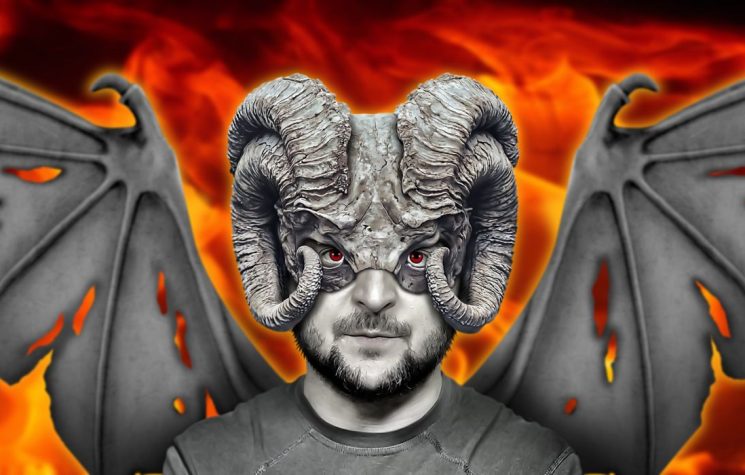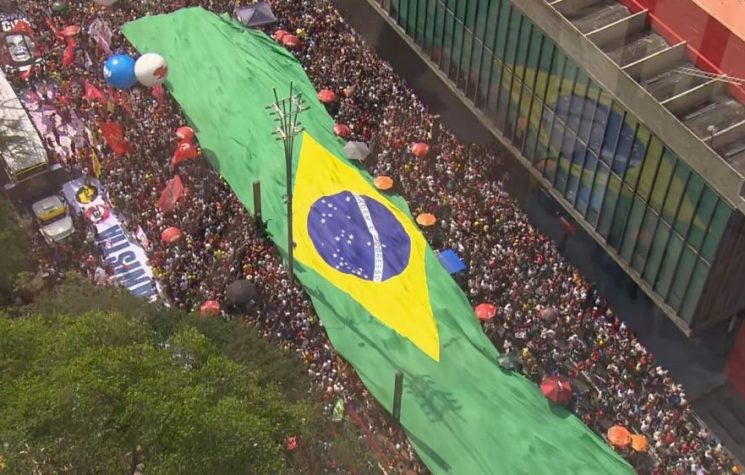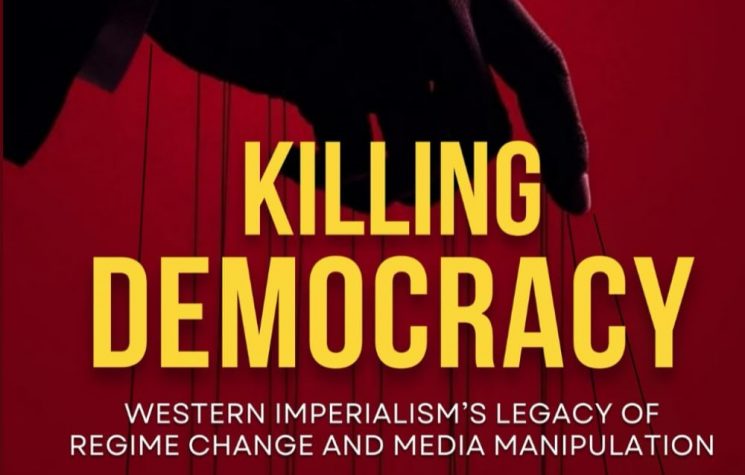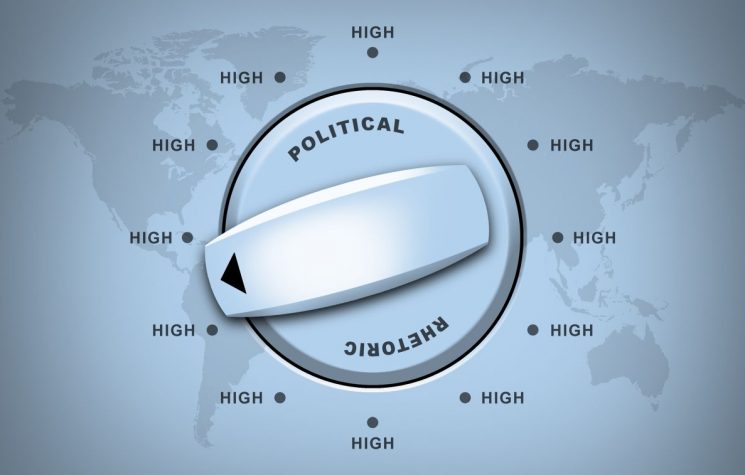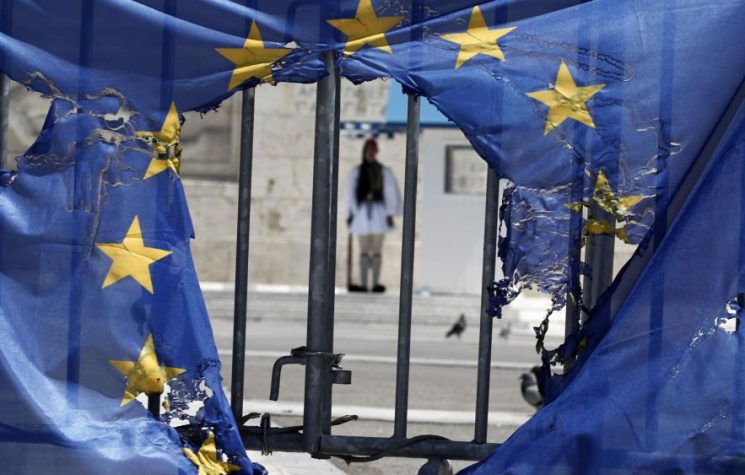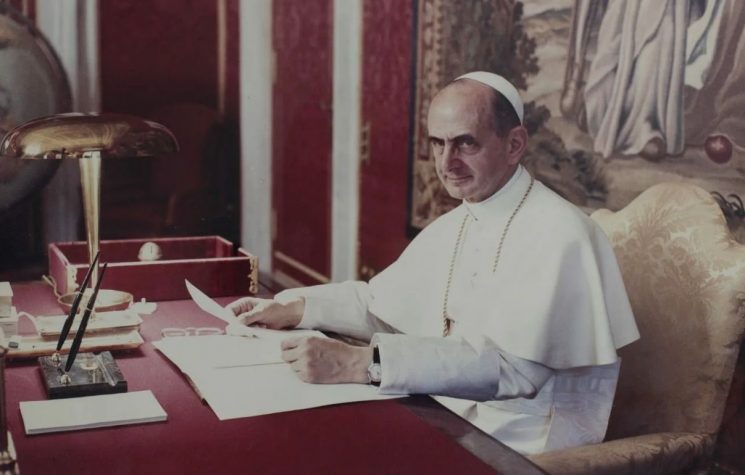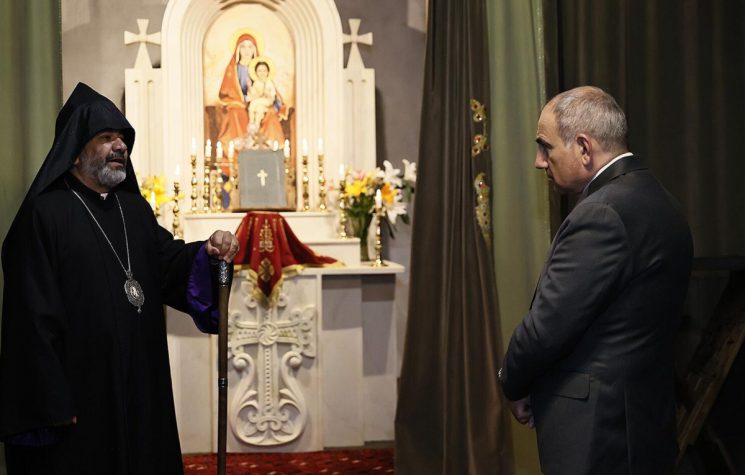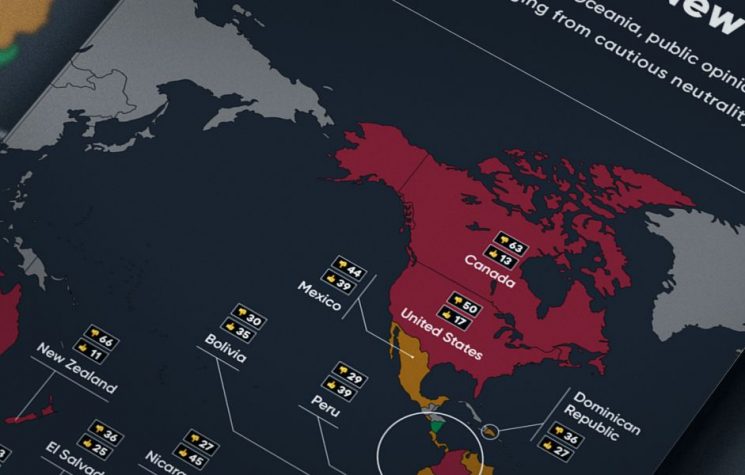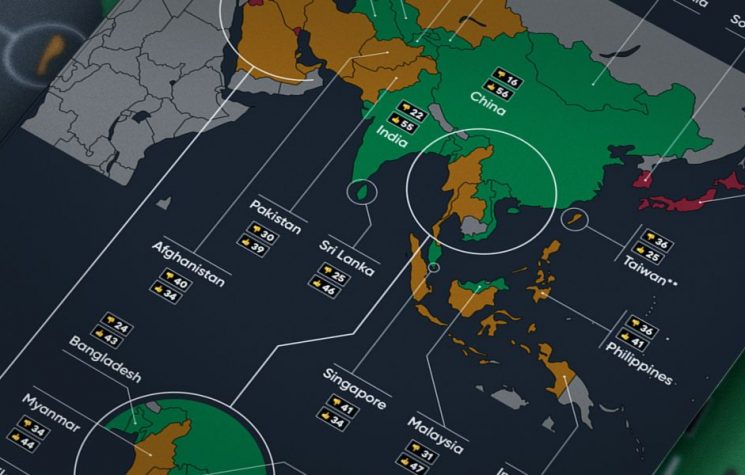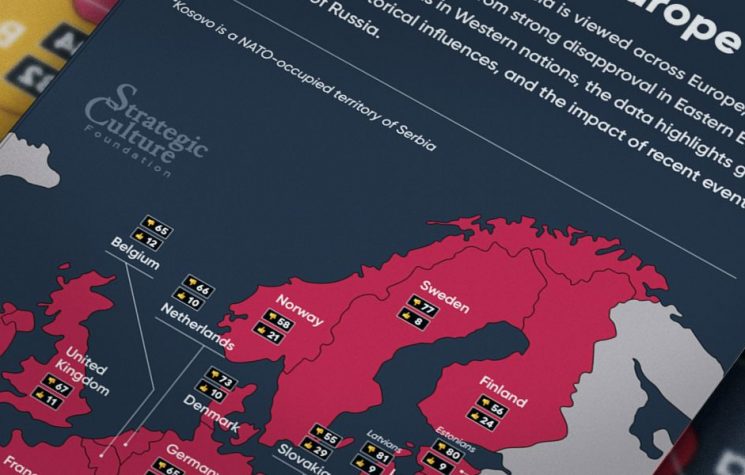Liberation theology brought liberalism to the Church. And every social organization that liberalism touches crumbles.
Contact us: info@strategic-culture.su
In my previous article, we saw that sociologist and journalist Bruno Paes Manso, in A fé e o fuzil (or Faith and Gun), gives a desolate and precise description of modern, urban Brazil: a particularistic chaos, in which whoever manages to serve their clientele and impose a minimum of order wins. Thus, the Centrão (i. e., the myriad of shapeless political parties), the miracle-working churches and the criminal cults win at the same time. The miracle-working churches, which either are neo-Pentecostal or imitate their modus operandi, sin by only discussing morality instead of doing politics; the politicians of the Centrão value only private interests that are not always lawful; cults like the PCC create a code of ethics that organizes crime and tames young bandits in the slums.
At the same time that the author shows us the worldview of evangelical slum-dwellers he talked to, he reveals his own. And we can say that it is a true portrait of the Brazilian intellectual elite: a hybrid of Catholic culture and liberal modernization. He does not hide his sympathy for liberation theology, which was an attempt by the Catholic left to reconcile its religion with Marxism. It was a craze in Latin America during the 1970s. In 1984, however, Cardinal Ratzinger, head of the Congregation for the Doctrine of the Faith (formerly the Holy Office), condemned liberation theology and removed it (at least formally) from the Church.
Marina Silva, pointed out by the author as an example of an evangelical capable of acting positively in politics, intended to be a nun and was trained in liberation theology. She only became an evangelical when she was already a senator and was over forty years old.
Marina Silva was, therefore, in contrast to the normality of evangelicals in politics, which consists of politicizing mores and imposing beliefs. I quote page 86: “I thought that the moral discussions that arose from the Bible were reasonable. […] In recent decades, however, these beliefs have invaded the public debate. Dogmas began to be used to manipulate and stigmatize public policies and their defenders, blocking important debates, attacking science and objectivity. The debate surrounding abortion is an emblematic example. Understandably, religious people bring into the conversation the defense of the life of fetus and the problem of the objectification of sex and women. The choice to have an abortion is not trivial. On the other hand, it is not acceptable to close our eyes to reality and criminalize women who make this difficult choice, a policy supported in Brazil by the religious lobby. The taboo surrounding the decriminalization of abortion was already present among Catholics, but with the popularization of Pentecostalism, the use of the sacred became commonplace, mobilized by the discourse of holy war, demonizing adversaries.”
This paragraph is a certificate of political liberalism. In political liberalism, which was systematized before economic liberalism, still with Locke, faith becomes a private matter and the State must be governed in a neutral manner. In its origins, liberalism was anti-Catholic; Locke preached tolerance towards all Protestant cults, but not towards Catholicism. This is due to the fact that the British monarchy is only legitimate if we consider, contrary to the Catholic Church, that Henry VIII’s marriage to Catherine of Aragon was null. Thus, with Locke, one believes that reasons of State are above theological questions. The English liberal State did not need the moral guidance of the Anglican Church; it only needed the Catholic Church to stay out of its way. In a broad sense, the liberal State only needs the Church (whatever it may be) not to interfere with its plans. But who gives these plans?
The profoundly liberal idea that the State should be neutral towards religions ended up legitimizing technocracy. Liberals have a peculiar blindness, for they believe that their values are neutral and scientific, when in fact they are the values of an elite focused on running the State. For this very reason, they are atheist or agnostic, since the rejection of religious beliefs is the expected action of those who will run the liberal State.
However, as this set of liberal beliefs moves towards increasingly bizarre and unpopular positions (now science tells us to believe that women have penises…), the inevitable result is that the liberal elite becomes detached from the people and becomes incapable of thinking of a community with them. Instead, the elite is left with the pretense of managing them: at best, with humanitarianism; at worst, like a group of slaves. In this issue, the Brazilian intellectual elite thinks that abortion should be legalized and that the masses have to accept it, even if they nominally live in a democracy and vote for politicians who claim to be against abortion. It is obvious that liberalism is incompatible with popular sovereignty.
Although he is an agnostic, Paes Manso echoes at least two Catholics in his position on abortion: Leonardo Boff (a Brazilian liberation theologian) and Joe Biden. These two heterodox Catholics defend abortion from a liberal perspective: religions should be confined to the private sphere and politics should be decided according to technical criteria. Then, in order to say that they are against abortion, they make a series of reservations, claiming that having an abortion is a very difficult decision for women; that abortion should be extremely rare, even if the State does not put any restrictions on it. Now, after the Dobbs decision in 2022, this fallacy should have fallen by the wayside: we saw that women in the U.S. used abortion as a trivial contraception, and we saw that it is in the interest of big corporations to fund travel for their pregnant employees to states with abortion. It is difficult, if not impossible, to adopt political liberalism without promoting economic liberalism.
Liberation theology pretends that economic liberalism has nothing in common with political liberalism. Thus, liberation theologians embraced the latter while posing as fighters against the former. Hence their penchant for a diffuse leftism. In the case of Paes Manso, we see him even adhering to the Comintern myth that Cangaço was a popular revolt against the latifundium owners – an outdated myth that no Cangaço historian would dare repeat. (As I see that the Wikipedia article in English also repeats the myth, using a 1970’s Anglophone bibliography, I must explain here that poor people were also terrified of those bandits, and that landowners didn’t behave like a class, for they often had vendetta against each other. So each landowners could support a different group of bandits.)
Reading the book, we get the impression that everything is outdated in this worldview of liberation theology. Paes Manso says on page 154: “The motto of the new theology [of liberation] was ‘see, judge and act’, which initially implied understanding the context with a criticism, using tools from the human sciences and leaving legends and superstitions aside. The new perspective should use methods from modern disciplines, such as sociology, anthropology and psychoanalysis, to provide a less naïve view of the world. What social mechanisms produced poverty? Why was society so unequal? To obtain these answers, the liberation theologians used a Marxist, materialist, historical and dialectical toolkit, which placed the class struggle at the forefront, as a mechanism for change.” In other words: as good liberals, the liberation theologians sought to imitate science and updated themselves. By keeping up to date, they have adopted true fads that, in the 1970s, might have seemed very innovative, but which have not stood the test of time and are now simply outdated.
Paes Manso shows that he has a very biased view of the history of the Church, which was perhaps spread by liberation theologians after their banishment by the Vatican. The story goes like this: the Church has always defended capitalism and class conciliation, until, in order to stop communism, it needed to worry about the poor. The Second Vatican Council, in the 1960s, took place at this juncture. In this atypical environment, liberation theology emerged, which instilled class consciousness in the poor and organized them to demand public services. Instead of addressing spiritual issues, priests advised the faithful to ask themselves why they were unemployed, telling them that it was not God’s will. In the words of Paes Manso: “Instead of blessing them or praying for them, the religious talked about their living conditions and used the Bible to encourage commitment to collective struggle.” Once the communist threat had passed, the Vatican threw out liberation theology. Seeing Pentecostalism taking its place in the outskirts, the Vatican promoted the Charismatic Renewal, “which brought the power of the Holy Spirit to the center of the mass, with its miraculous cures, ecstasies, exorcisms, glossolalia and lots of music.” In other words, it imitated Pentecostals to compete for followers.
Paes Manso is completely mistaken in thinking that the Church only began to oppose capitalism in the 1960s. Although he talks about Catholic Action, he ignores the Social Doctrine of the Church, as well as the encyclicals Rerum Novarum (1891) and Quadragesimo Anno (1931), two documents that aimed to tame the power of money. Furthermore, the author seems to believe that, if it were not for the Vatican (which hampered liberation theology) and the Pentecostals (who do not practice good politics), Brazil would live in an idyll of popular participation, with the poor organized to demand a welfare state from the government. His belief is based on a lack of understanding of human nature. Man does not seek the sacred to discuss unemployment; he seeks it because he wants blessings, miracles, etc. If Paes Manso’s account of liberation theology is correct, we can only assume that the televangelists found a population lacking not only public services, but also spiritual services – and even guidance for family life. After all, it is easier for an old leftist priest to feed crack addicts than to encourage young people to stay away from drugs.
If the clergy’s priority is to do what a leftist social worker does, then their role is better fulfilled by atheist bureaucrats of the liberal State. This is how we understand why Bruno Paes Manso, who is almost entirely a liberation theologian, is not religious: the movement itself directed its pupils towards atheism. And since the priest told the faithful that God did not want them to be unemployed, then we can only assume that liberation theology paved the way for televangelists, since it legitimized the desire for a divine solution to financial problems. The fact is that every human social organization needs meaning. Paes Manso did not learn this from Catholics (since his sources are from liberation theology), but he learned it from evangelicals. His book ends with an attempt to give this collective meaning through adherence to environmentalism, in order to save the planet. By now, the author should have seen that this discourse does not serve to provide any social cohesion; otherwise, the green Germany would be paradise on earth. (And what’s more: if we investigate the origins of the German Greens, we’ll easily arrive at Nazism!)
In the end of the day, liberation theology brought liberalism to the Church. And every social organization that liberalism touches crumbles. The Pentecostal churches themselves, which are created in garages and fragment at any disagreement, are nothing more than crumbs, incapable of providing cohesion to a political body larger than a handful of believers. And since the Brazilian intellectual elite was of Catholic origin, it suffered from the same ills as liberalism. Now it’s there, talking to itself and complaining that the people are far-righters and unscientific.











